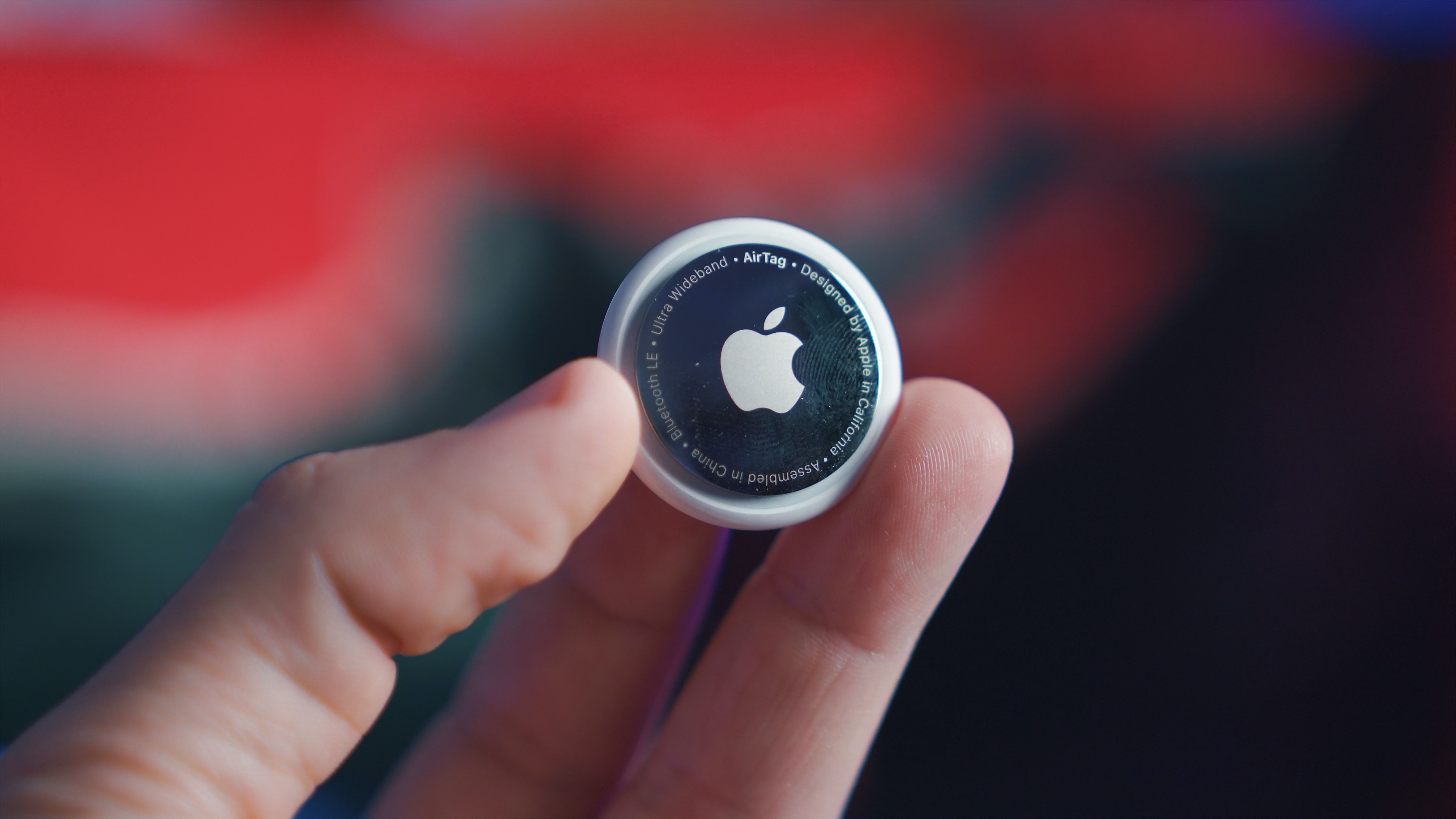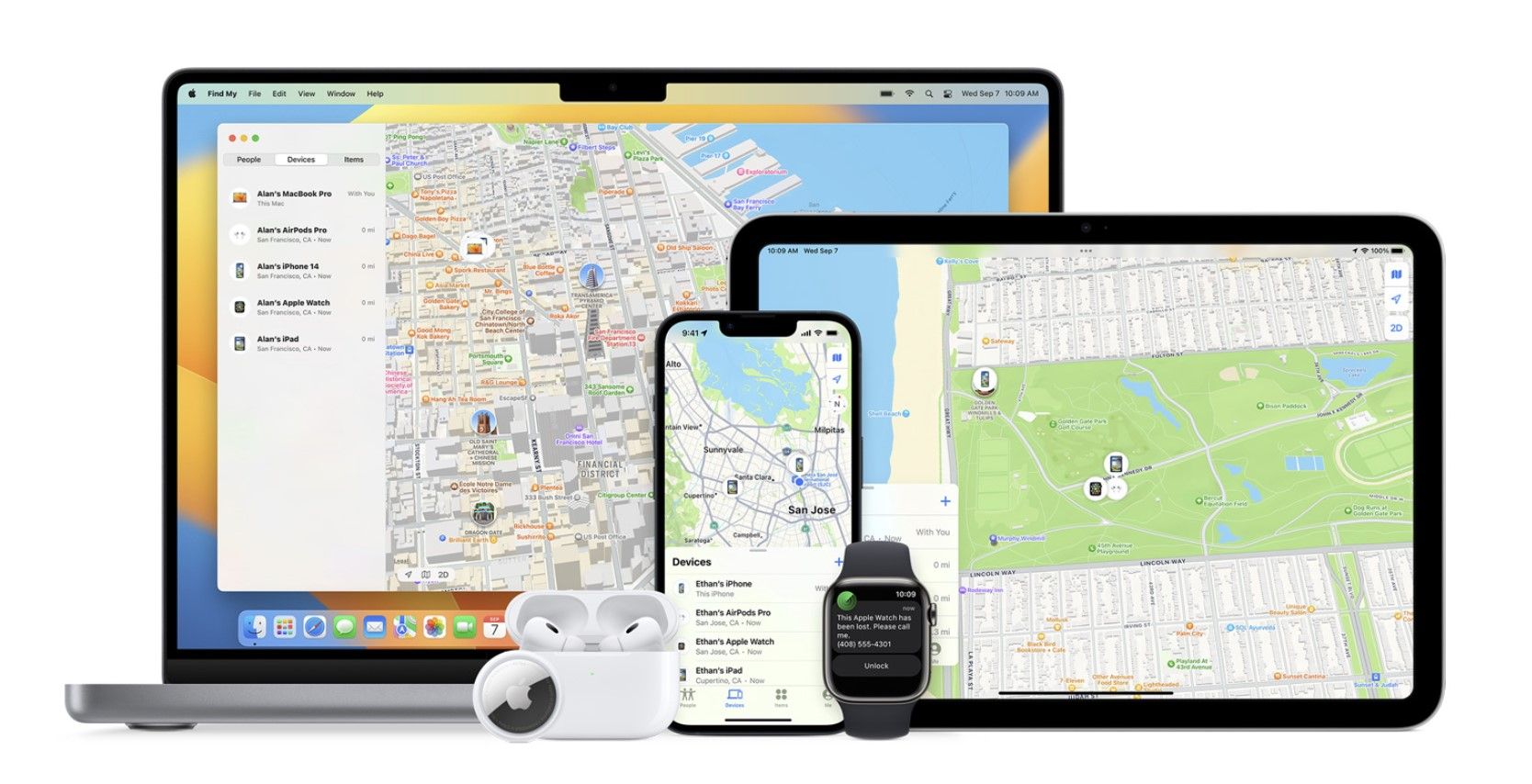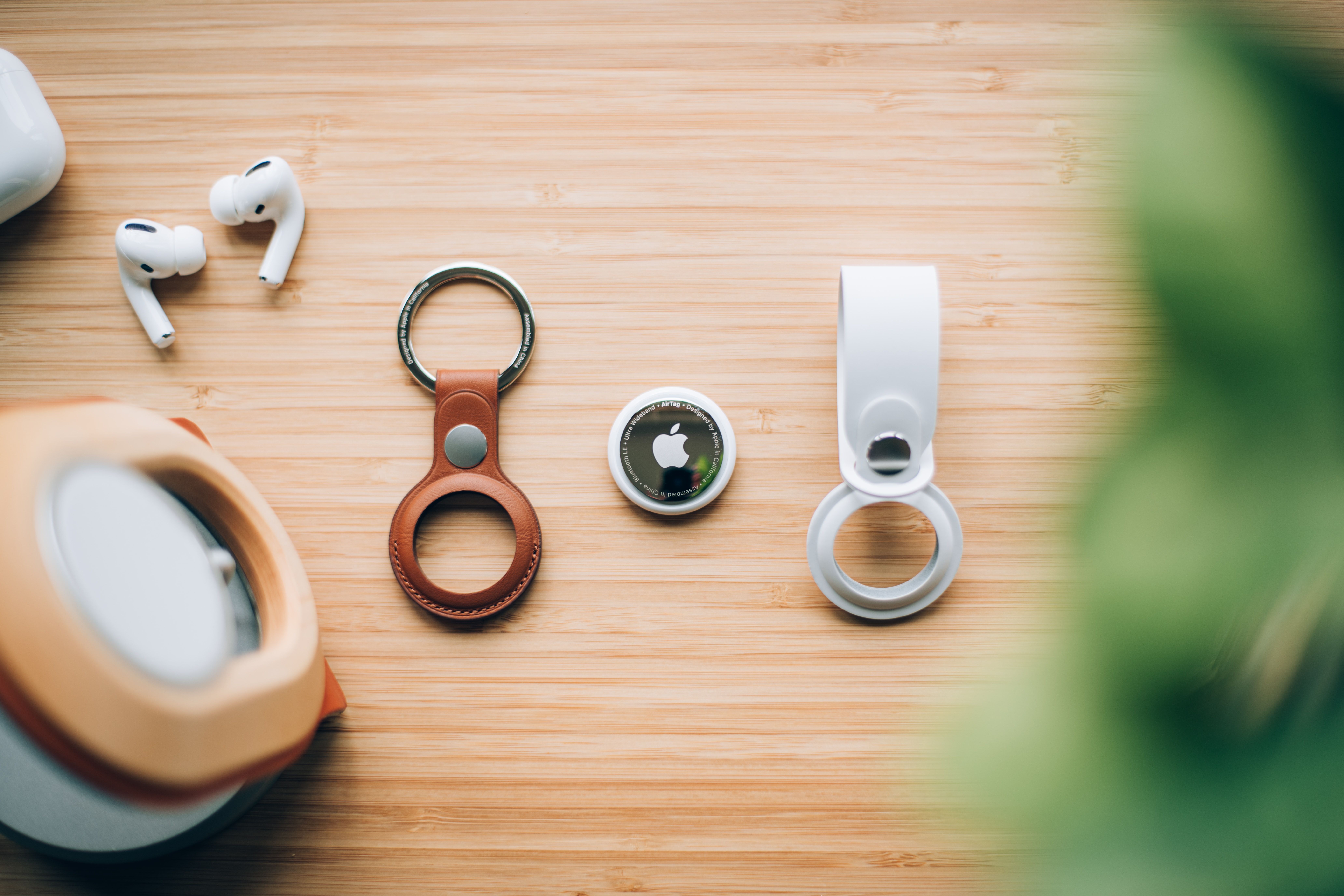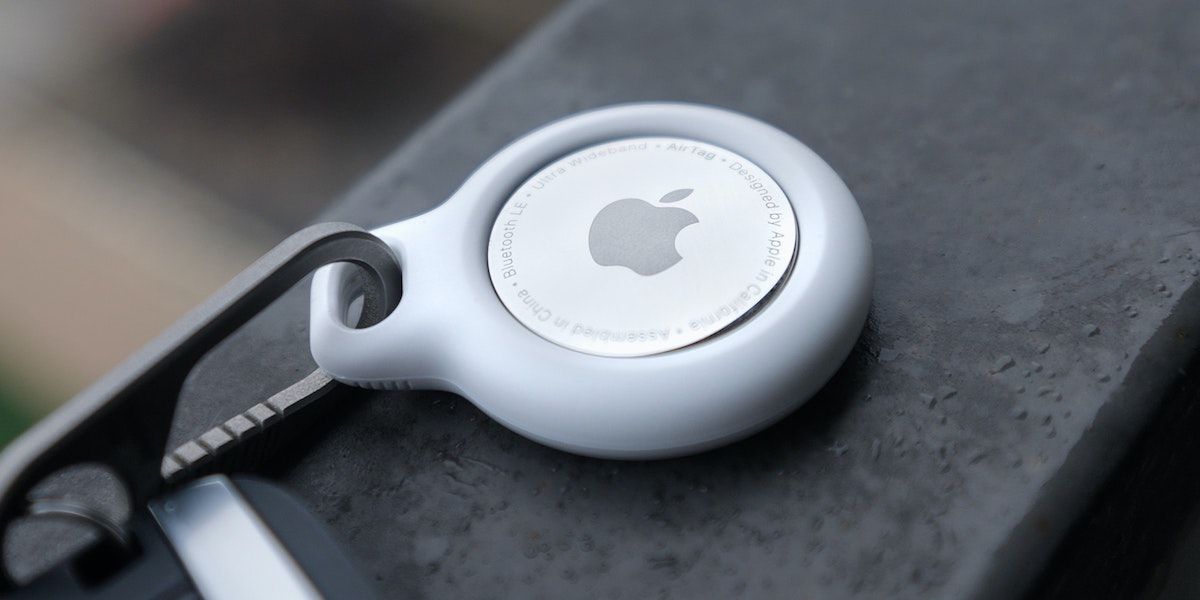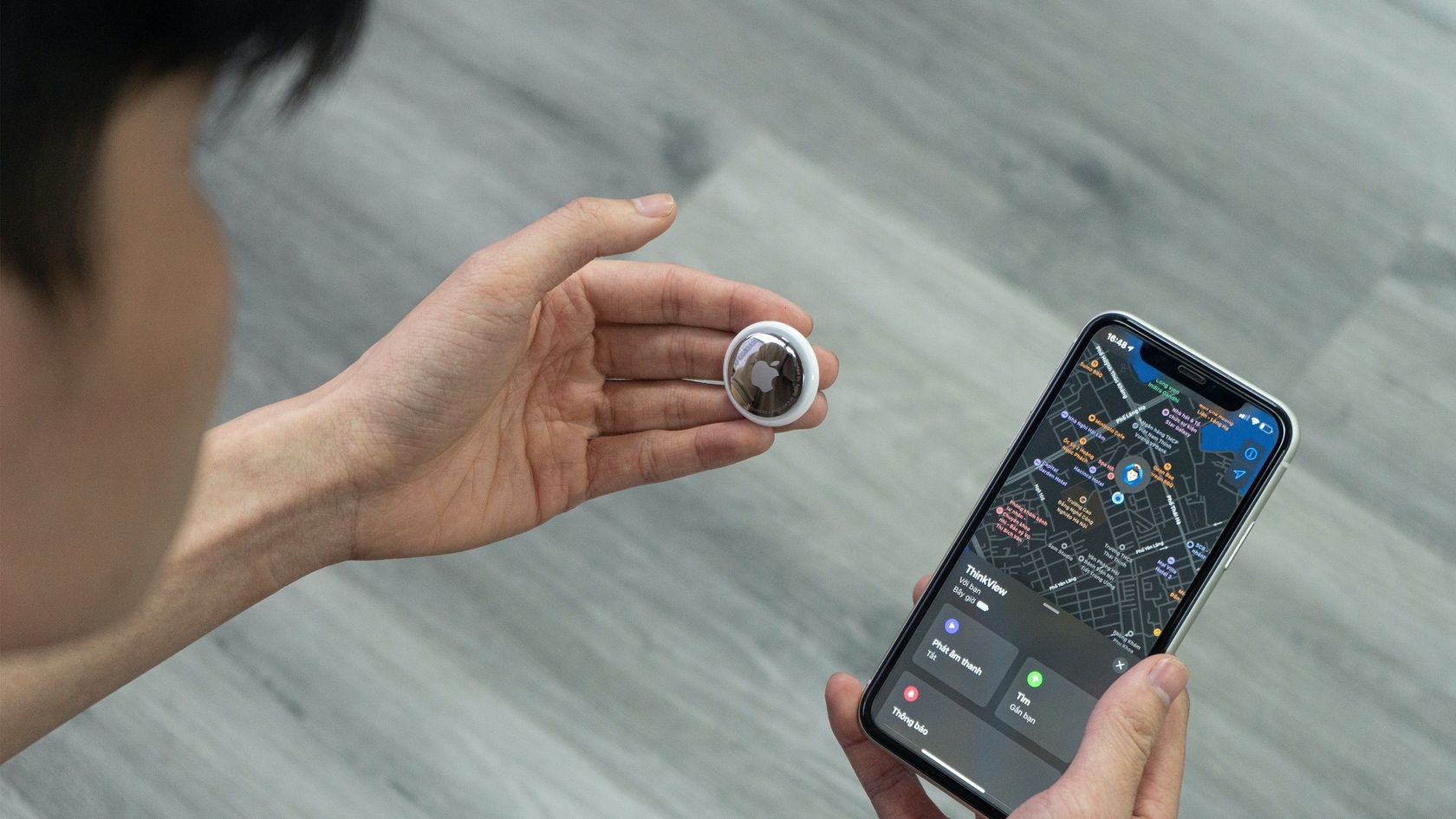Many parents spare no expense to make sure that their children are safe. For this reason, an increasing number of parents have been looking for effective ways to track their children. One possible solution for the job is Apple's AirTag.
While AirTags are designed to track items, many parents who use iPhones wonder if they're suitable for tracking their children as well. So, should you use AirTags to track your children? Let's find out.
Why AirTags Make Good Trackers for Children
Here are some of the common reasons people think it might be a good idea to add an AirTag to your child's wardrobe,
It's Easy for Your Child to Carry an AirTag
With their small size and light weight, AirTags are easy to conceal. Measuring 1.26 inches (3.2cm) in diameter, each AirTag has a height of 0.31 inches (0.79cm), and can fit into small spaces like backpacks or coat pockets reasonably well.
Without a case, the AirTag weighs 0.39 ounces (11.06g), which is light enough for most small children to carry with minimal effort.
AirTags Are Food-Safe
If your child likes to bite various objects, you'll be happy to know the AirTag is made of stainless steel. Stainless steel is a commonly used metal for many bowls, plates, and utensils, so it is guaranteed to be food-safe.
However, you should also consider the type of material in any case you will use to hold the tracker. An AirTag is small enough for adults to ingest, but it's not as easy for children to swallow, especially if it's in a case where your child cannot easily remove it.
AirTags Utilize the Find My Network
Aside from allowing you to locate your children when they're within Bluetooth range, the AirTag will also work when your kids go farther afield. It's capabilities as a tracker are excellent if you live in densely populated areas like cities or big towns. Utilizing Apple's Find My network, an AirTag can work offline and track your child as long as they are within proximity of any Apple device.
Additionally, the Find My network uses end-to-end encryption, which means no one else will be able to see the identity of the participating devices.
iOS 17 Makes AirTags Shareable
With iOS 17, you can share AirTags and other Find My accessories with friends and family. While its design seems tailored for communal items—like that frequently misplaced TV remote or the family car—it could be a great tool for tracking children's locations.
This update puts an end to those unwarranted beeping alerts. No longer will devices sound off about an AirTag traveling with a non-primary user—as long as the person with it accepts the invite, of course. You can easily invite and remove any person at any time, so it's great for keeping children safe during outings and short trips.
AirTags Have a Long Battery Life
While the AirTag's batteries are not rechargeable, the CR2032 battery they use can last around a year before it needs replacing. With this, you won't have to worry about always having to charge the tracker before taking your child to the playground, daycare, or school.
Why AirTags Make Bad Trackers for Children
Before you attach an AirTag to your child, it's essential to understand that it's still not a perfect solution. Here are a few disadvantages that you should be aware of.
AirTags Come With Anti-Stalking Features
To prevent malicious use, Apple introduced anti-stalking mechanisms within AirTags, discouraging the benefit of using AirTags for tracking people. If an AirTag is away from its paired device, it will begin to play a sound to alert nearby users of its existence.
This can cause problems if the AirTag thinks you're stalking your child and sends them an alert to disable it.
AirTag Alerts Give Their Presence Away
The Find My app will notify you if an unknown AirTag moves with you over time to discourage other people from tracking you. While these AirTag alerts are a great deterrent from being stalked, the unknown AirTag alert could inadvertently help kidnappers detect and disable AirTags if they abducted your child.
AirTags Rely on Apple Device Availability
You can effectively trace an AirTag within the proximity of any Find My network-enabled Apple device. However, if you plan to use the AirTag on your child for trips to the mountains or sparsely populated areas, it won't be as effective due to the lack of nearby Apple devices.
AirTags Have No Liability
Aside from the many common AirTag problems, Apple washes its hands of any liability in cases involving people. At its core, AirTags are for tracking objects, not people. For this reason, don't expect to have any means to sue Apple in the event you have any problems tracking a child with an AirTag.
AirTags Can Hinder Development
While AirTags can undoubtedly offer an added layer of security—especially in crowded places like Disneyland or unfamiliar locales—it's crucial not to misuse them as tools for overbearing surveillance over your children.
For instance, conditioning young kids to rush back to their parents through AirTags can be detrimental to their development. Rather than stifling their independence, parents should create safe spaces for their children and provide their presence—a form of security—as they explore their space.
AirTags Can Negatively Affect Parent-Child Relationship
Things can also get tricky when it comes to older kids and teens. While it can reduce your anxiety as a parent, tracking without consent can erode trust.
The same is true for younger kids; heavy reliance on these devices can hinder the development of essential communication and safety habits. Worse, you can miss out on the opportunities to connect with them.
Children Could Easily Lose Them
AirTag accessories designed for children often come in attractive bracelets or keychains. Naturally inclined to share, kids might happily offer these eye-catching "toys" to friends or be tempted by their peers to lend these shiny, colorful things.
Kids are prone to losing their things, and AirTags are no exception, given that they're tiny. Fueled by curiosity, it wouldn't be surprising if a child decided to attach them to pets or absentmindedly leave them somewhere.
Tips on Using AirTags for Tracking Your Children
If you've decided to use AirTags to track your child, here are some tips to make the most of it.
Educate and Train Your Child
Let your child know what AirTags are all about and how they operate. It's key to highlight that these gadgets are tools for their safety, not toys for playtime.
Also, while Apple does complete stringent quality testing, it's essential to still test your AirTag before leaving it to do its job. In case of emergencies, both you and your child must know how to act. It's wise to simulate the experience of using AirTags in emergencies.
Use More Than One AirTag
If someone is actively looking for a tracker, they're almost always going to stop at the first one. Because it is not common practice to have more than one AirTag on an item, having more than one can help decrease the chance of them all being found.
With this, having multiple AirTags can help protect your child in the event they accidentally remove the first one or if a kidnapper finds it.
Keep the AirTag Concealed
Aside from having more than one tracker, it's wise to conceal the AirTag as best you can. To accomplish this, choose to hide it in an area people won't quickly notice, such as secret inside compartments or sewn into clothing.
If you have an extra AirTag, place it in a prominent location so that a potential kidnapper would find it quickly and assume they have already removed the sole tracker.
Ask for Help From Law Enforcement
If you are searching for a child carrying an AirTag, you should also let local law enforcement know about their disappearance. Never search for your child alone, especially if the situation might be dangerous.
Many communities have groups to help identify a child based on appearance and descriptions. You can also ask law enforcement to release an Instagram AMBER alert.
Ensure You Have Consent From Your Child Before You Use an AirTag
Privacy warnings during AirTag setup stress it's not for tracking people. Unauthorized tracking can be legally penalized, even with your own child. It's prudent to seek consent before tracking, regardless of age. While young kids might not fully grasp this, it's still good to explain.
For teenagers, discussing the proper boundaries and alternatives to tracking, in general, is essential. It may be healthier to establish reasonable curfews, ask for updates on their location, and so on. In addition, it might be helpful for children or teenagers to know how to react when alerts happen and how they should move in case of emergencies.
Lastly, there's a reason Apple doesn't market the AirTag as a tracker for people. If you are not a child's legal guardian or parent, you should not be tracking them at all. While it's useful for safety reasons, it's important to avoid using the AirTag on anyone without their knowledge.
Make Sure Both You and Your Child Understand AirTags
If you're looking for new ways to ensure your child is safe, AirTags could be a viable option to know where your child is at any given point. But just because you can track them doesn't mean that you should. Remember, it's never too early to teach your child street smarts, self-defense, and common sense.
There are positives and negatives if you want to use AirTags to track kids. So make sure both you and your child are clued up on the device before attaching it to them.


